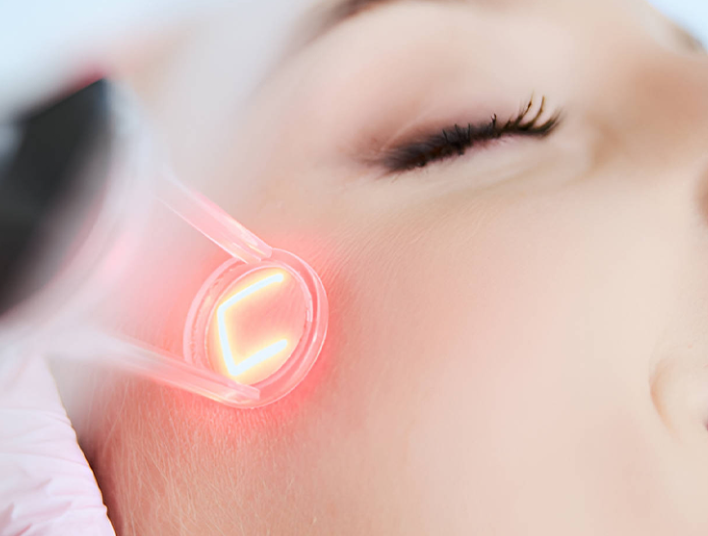Fractional Laser Applications
OUR EXPERTS
Fractional Laser Applications
Carbon Dioxide Fractional Laser
Carbon Dioxide Fractional laser is a laser method that has been developed in recent years and has an important place in dermatological applications, and it is in the class of lasers that can create significant and deep effects on the skin and heal the skin by damaging it. Another laser method known in this class is the Erbium Oil laser. These laser methods can have an effect at the desired intensity and depth in the area where they are applied. However, due to its technical features, Carbon Dioxide Functional laser can reach deeper layers of the skin.
Carbon Dioxide Fractional laser automatically leaves gaps on the skin surface where it is applied. It affects the appropriate percentage of the surface without affecting the entire surface. In addition, Carbon Dioxide Fractional laser evaporates the tissue to which it is applied by adhering to the water in the tissue and the depth of impact can be controlled. However, since the Erbium Oil laser adheres to water more than the carbon dioxide laser, it cannot penetrate too deep into the applied area and acts superficially. Carbon dioxide laser, on the other hand, adheres less to water and penetrates deeper.
Since the tissue is not completely destroyed as in classical lasers, excessive tissue reaction does not occur.
Pain is less.
The possibility of infection decreases.
The risk of poor healing is minimized.
The recovery period after the procedure is shortened.
Fractional laser is rapidly becoming an alternative to Classical Ablative lasers and has become the first choice in recent years. It is a well-known medical technology for scar treatments, skin cracks and skin rejuvenation.

